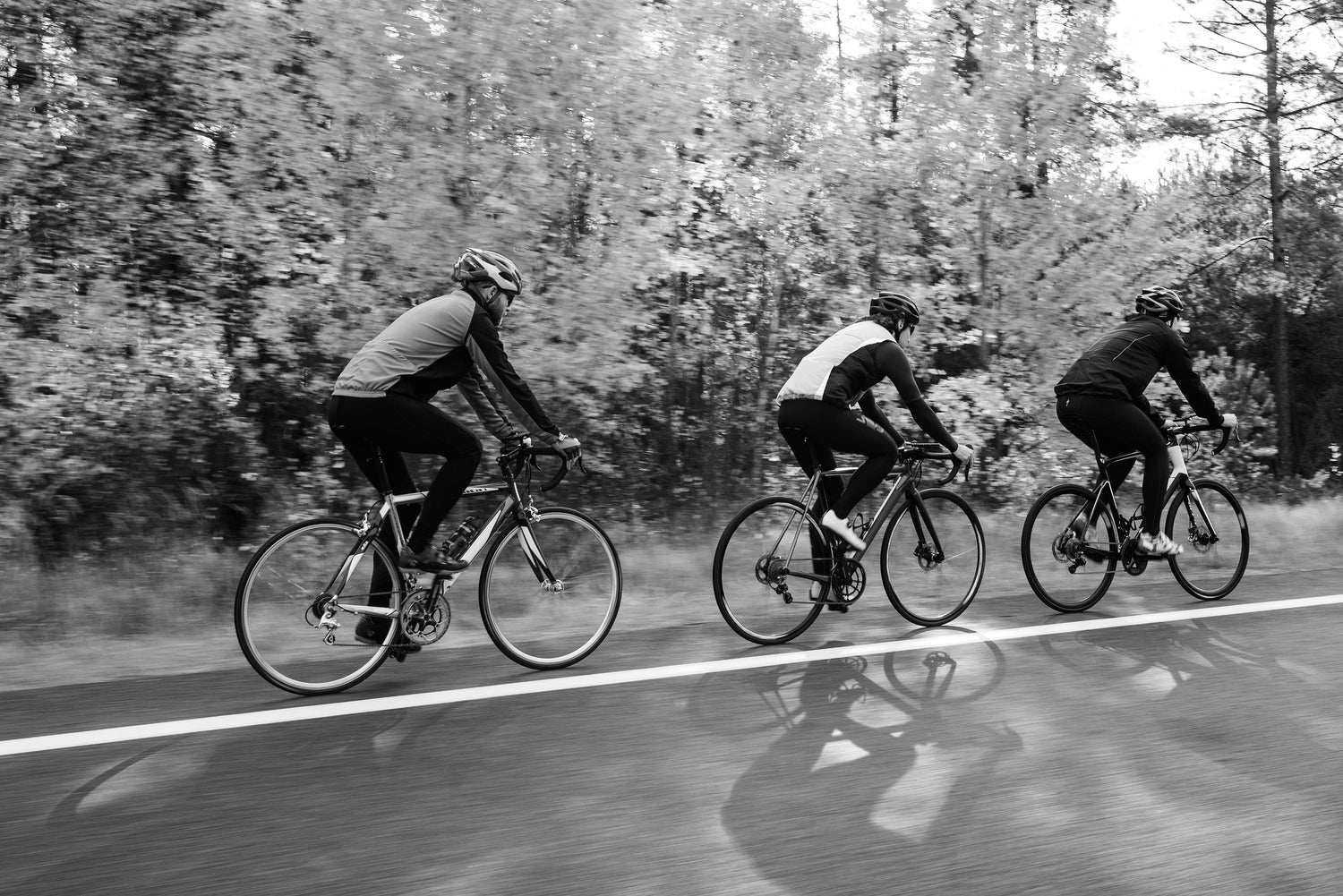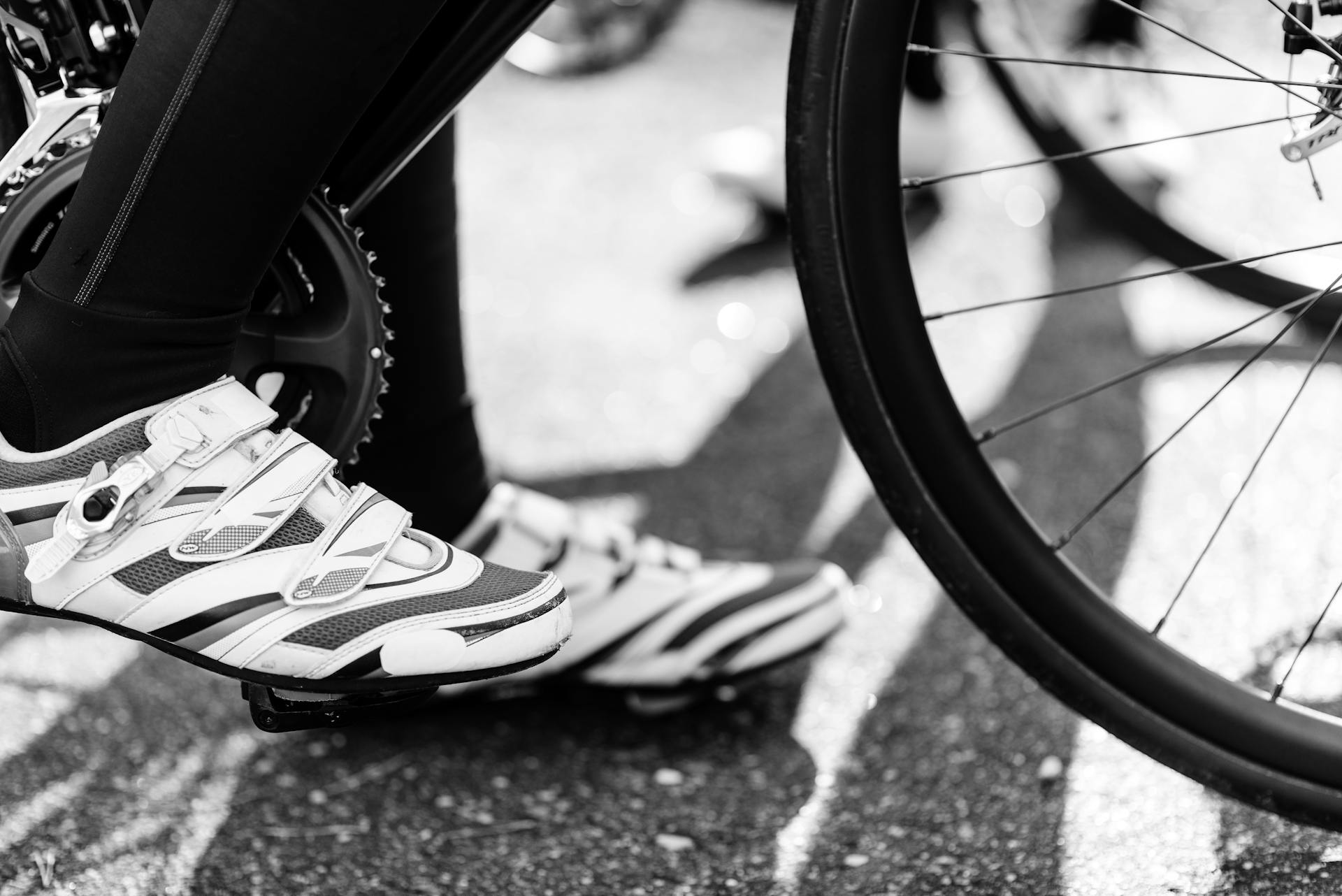The thrill of a group ride is undeniable. The camaraderie, the shared effort and the sheer efficiency of a well-oiled peloton make it a cornerstone of cycling culture. But venturing into a group, especially for the first time, can be daunting. Beyond the physical challenge, there's a whole unspoken language of etiquette and rules that ensures everyone stays safe and enjoys the ride. Whether you're a seasoned racer or a weekend warrior, understanding these principles is crucial for a smooth and enjoyable experience. We’ve put together some essential guidelines that will transform you from a lone rider to a valued member of the pack!
Hand signals, though sometimes overlooked, are vital for relaying information quickly and effectively. Pointing out potholes, signalling turns and indicating that you are slowing down are skills every rider should master. Don’t be afraid to ask for clarification if you’re unsure of a signal or a callout. Remember, clear communication not only enhances safety but also fosters a sense of unity within the group. It is important to remember that as the pace of the group increases, so does the need for clear and concise communication.
Communication is the cornerstone of any successful group ride. A simple “on your left” or “car up/down” can prevent potential collisions and keep everyone informed of hazards.
Maintaining a consistent and predictable line is paramount for safety. Avoid sudden swerves or braking, as these can cause a domino effect throughout the group. Riding smoothly and predictably allows those behind you to anticipate your movements and react accordingly. Holding your line also means keeping a consistent distance from the rider in front of you. Overlapping wheels (or some might call it half-wheeling) even slightly is a recipe for disaster and can lead to crashes. If you need to adjust your position, do so gradually and with ample warning. Remember, the collective flow of the group relies on each rider’s awareness and control. Also, try to avoid unnecessary movement, such as standing up to pedal or sudden movements to get a drink. Smooth consistent power output is key to a safe group ride.

Drafting, or riding in someone’s slipstream, is a fundamental aspect of group riding. It significantly reduces wind resistance and allows you to conserve energy. However, it’s essential to draft responsibly. Avoid surging or braking abruptly while in the draft, as this can disrupt the flow and potentially cause collisions. When taking your turn at the front, maintain a steady pace and avoid sudden accelerations. Communicate with the rider behind you, letting them know when you’re about to pull off. A smooth and controlled rotation at the front ensures everyone benefits from the draft without expending excessive energy. It is considered poor etiquette to sit in the draft without ever taking a turn at the front.
Positioning within the group is another critical aspect of etiquette. Riding two abreast is generally acceptable on quiet roads, but be mindful of traffic and narrow lanes. Avoid riding too close to the edge of the road, as this can expose you to hazards like potholes or debris. If you’re unsure of the appropriate positioning, observe the more experienced riders and follow their lead. It is important to be aware of the road conditions and to adjust your position accordingly. Above all, don’t place yourself in a dangerous position.
Respect for your cycling group is paramount. Arrive on time, be prepared with the necessary equipment and be mindful of the ride’s pace and objectives. If you’re struggling to keep up, communicate with the group and don’t be afraid to drop back. It’s better to ride at your own pace than to push yourself beyond your limits and risk an accident. Offering encouragement and support to fellow riders is also a vital part of group etiquette. Weather conditions can significantly impact a group ride. Be prepared for changing weather and dress appropriately. Layers are your friend and having a waterproof jacket can make a big difference in comfort. If you're riding in cold weather ensure your extremities are well-protected. In hot weather, stay hydrated and avoid riding during the hottest part of the day.
When it comes to mechanical issues, a true group supports each other. If someone suffers a flat tyre or a mechanical breakdown, the group should stop and offer assistance. Knowing basic bike maintenance, like changing a flat tyre, is a valuable skill for any cyclist. Carry the necessary tools and spares, and be prepared to lend a hand. If you're unsure how to fix a particular problem, don't hesitate to ask someone in your group for help. A well-prepared group can overcome (nearly!) any mechanical challenge. It is also good practice to ensure you have a fully charged phone with you, in case of a mechanical that you are unable to fix yourself.

Pace management is crucial for a successful group ride. Communicate with the group about the intended pace and stick to it. Avoid surging or sprinting unless it’s a designated part of the ride. If you’re feeling strong, offer to take longer turns at the front, but be mindful of the group’s overall ability. A well-managed pace ensures everyone enjoys the ride and avoids unnecessary fatigue. It is important to be aware of the terrain and to adjust the pace accordingly. Hills and strong winds will have an effect on the overall pace of the group.
Respect for other road users is essential. Cyclists have a responsibility to share the road safely and courteously. Avoid riding aggressively or blocking traffic. Signal your intentions clearly and be mindful of pedestrians and other vehicles. A friendly wave or a thank you can go a long way in fostering positive relationships with other road users. Remember, we cyclists are ambassadors for our sport and our actions reflect on the entire cycling community. It is also important to remember that we are all road users and we should show respect to all other road users, regardless of their mode of transport.
Finally, don’t forget to enjoy the ride! Group cycling is about camaraderie, shared experiences and the sheer craic of riding with your friends and club mates. Don’t be afraid to ask questions, learn from others and contribute to the positive atmosphere of the group.


